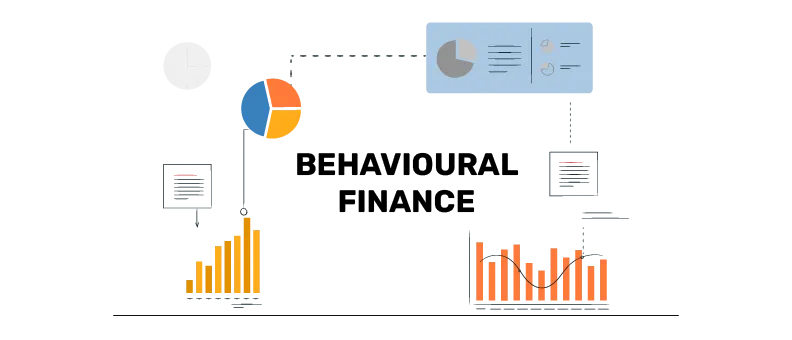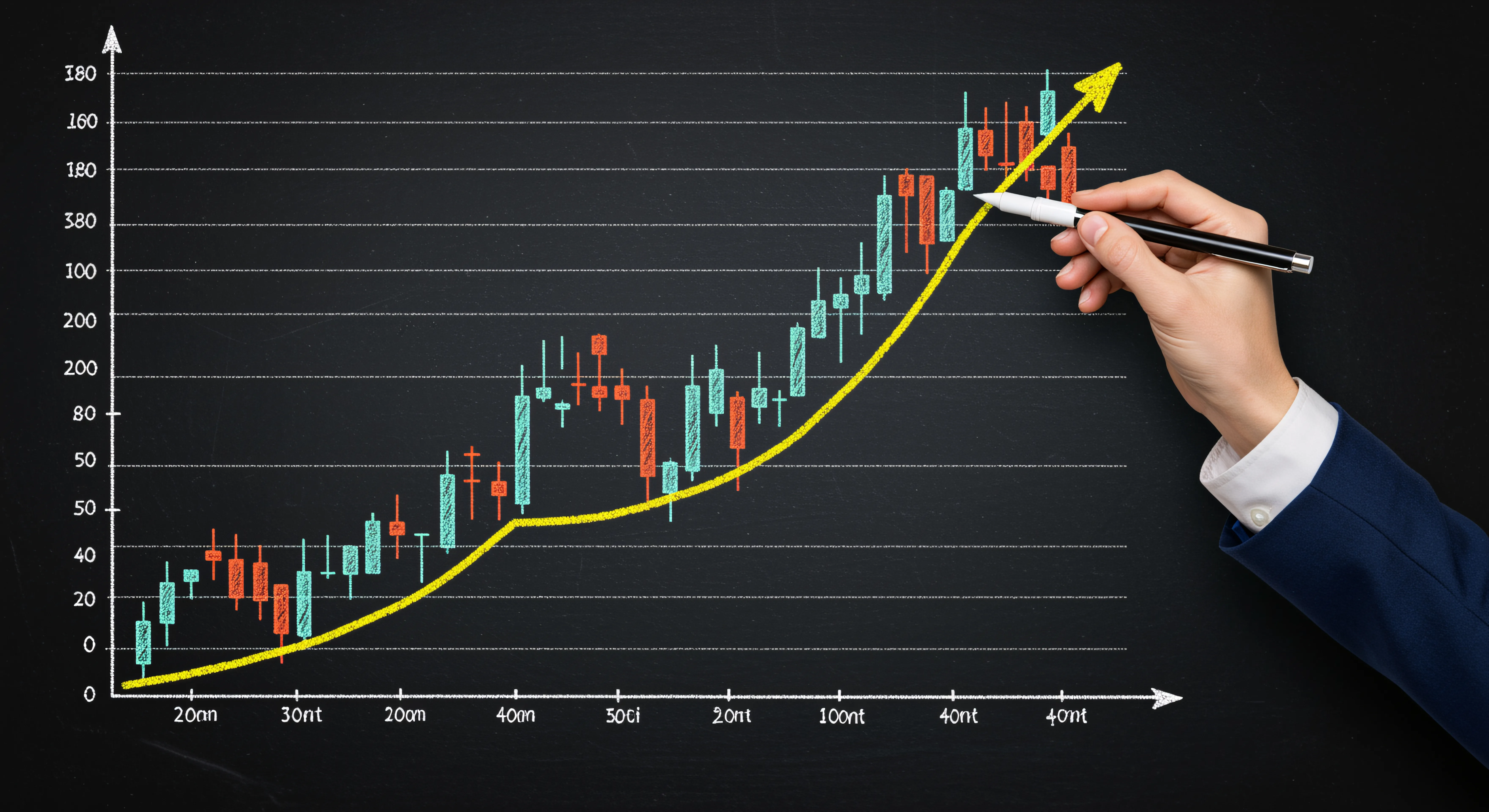Explore Our Mutual Fund Schemes
How does the income tax calculator work?
The income tax calculator meaning is straightforward – it is a tool that helps taxpayers understand how much tax they owe and whether they can optimize their savings through deductions and exemptions. The tax planning calculator takes inputs like annual income, deductions, exemptions and tax regime choice. It subtracts your exemptions (if applicable) and standard deduction to determine your total taxable income. Then, it applies the relevant tax slab based on your regime and estimates your tax liability.
Here are some tips calculate income tax using this income tax planner:
• Choose the tax regime that offers a lower tax liability.
• Utilise deductions under Section 80C, 80D, and 80G of the Income Tax Act, 1961, for tax savings (for those opting for old regime)
• Ensure accuracy by entering all sources of income.
How to use an income tax calculator for FY 2024-25 (AY 2025-26)?
Using an income tax calculator for FY 2024-25 is simple. Just follow these steps:
• Select the financial year: In this case, FY 2025-25.
• Enter your income: Input salary, rental income, capital gains, and any other earnings.
• Choose tax regime: Choose either the new tax regime or old tax regime.
• Add deductions: Include eligible deductions like 80C, 80D and HRA (only applicable to old regime of Income Tax Act, 1961).
• View tax computation: The tool calculates your net taxable income and tax payable.
Compare tax regimes: Analyse tax liability under both regimes to choose a suitable option.
By following these steps, taxpayers can make informed financial decisions and optimize tax savings.
How to calculate income tax with example
Even as the calculator does this task for you in seconds, it can be useful to understand the tax calculation process to be a more informed citizen.
• Step 1: Calculate gross income: Sum up salary, capital gains, rental income, and other earnings – whichever are applicable.
• Step 2: Apply exemptions Deduct standard deduction and other applicable exemptions basis your investments. Note that deductions under new tax regime are limited and include Section 24b (tax benefit on home loan repayment), Section 80CCD (2) – deduction on contributions made to NPS – and 80CCH (deduction for contribution to Agnipath scheme).
• Step 3: Estimate net taxable income (gross income – exemptions/standard deduction).
• Step 4: Determine the applicable income tax slabs.
•Step 5: Compute tax liability
Example calculation (old regime)
- Annual income including salary (minus HRA) and income from other sources: Rs. 10,00,000
• Deductions: Rs. 1,50,000 under Section 80C
• Standard deduction: Rs. 50,000
• Taxable income: Rs. 8,00,000
• Tax computation: Based on income tax slabs, the tax payable is Rs. 75,400 (with cess).
Example calculation (new regime)
• Annual income: Rs. 10,00,000
• Standard deduction: Rs. 75,000
• Taxable income: Rs. 9,25,000
• Tax computation: Based on income tax slabs, the tax payable is Rs. 44,200 (with cess).
In this case, the new tax regime is beneficial for the individual. However, the computation can change if all the applicable deductions under the old tax regime are fully utilised.
Income tax slabs under new and old tax regime
Income tax in India is categorized into old and new tax regimes. Below is a comparison of income tax slabs in India:
| Old Tax Regime | New Tax Regime u/s 115BAC | ||||
|---|---|---|---|---|---|
| Income Tax Slab | Income Tax Rate | Surcharge | Income Tax Slab | Income Tax Rate | Surcharge |
| Up to ₹ 2,50,000 | Nil | Nil | Up to ₹ 3,00,000 | Nil | Nil |
| ₹ 2,50,001 - ₹ 5,00,000** | 5% above ₹ 2,50,000 | Nil | ₹ 3,00,001 - ₹ 7,00,000** | 5% above ₹ 3,00,000 | Nil |
| ₹ 5,00,001 - ₹ 10,00,000 | ₹ 12,500 + 20% above ₹ 5,00,000 | Nil | ₹ 7,00,001 - ₹ 10,00,000 | ₹ 20,000 + 10% above ₹ 7,00,000 | Nil |
| ₹ 10,00,001 - ₹ 50,00,000 | ₹ 1,12,500 + 30% above ₹ 10,00,000 | Nil | ₹ 10,00,001 - ₹ 12,00,000 | ₹ 50,000 + 15% above ₹ 10,00,000 | Nil |
| ₹ 50,00,001 - ₹ 100,00,000 | ₹ 1,12,500 + 30% above ₹ 10,00,000 | 10% | ₹ 12,00,001 - ₹ 15,00,000 | ₹ 80,000 + 20% above ₹ 12,00,000 | Nil |
| ₹ 100,00,001 - ₹ 200,00,000 | ₹ 1,12,500 + 30% above ₹ 10,00,000 | 15% | ₹ 15,00,001 - ₹ 50,00,000 | ₹ 1,40,000 + 30% above ₹ 15,00,000 | Nil |
| ₹ 200,00,001 - ₹ 500,00,000 | ₹ 1,12,500 + 30% above ₹ 10,00,000 | 25% | ₹ 50,00,001 - ₹ 100,00,000 | ₹ 1,40,000 + 30% above ₹ 15,00,000 | 10% |
| Above ₹ 500,00,000 | ₹ 1,12,500 + 30% above ₹ 10,00,000 | 37% | ₹ 100,00,001 - ₹ 200,00,000 | ₹ 1,40,000 + 30% above ₹ 15,00,000 | 15% |
| Above ₹ 200,00,001 | ₹ 1,40,000 + 30% above ₹ 15,00,000 | 25% | |||
Note: This is the tax slab for individuals aged 60 and below. Different slabs apply for individuals aged 60 and above and 80 and above.
In the Union Budget 2025, the Indian government overhauled the tax slabs and reduced tax rates significantly, especially for incomes under Rs. 12 lakh. However, these changes will only be applicable to FY 2025-26 (AY 2026-27).
Benefits of using an income tax calculator
No need for manual computations—the income tax calculator gives instant results.
It acts as an income tax planner, showing potential savings under both tax regimes.
Users can compare tax liability under the new and old tax regime and make an informed choice.
Learn About Mutual Funds

The financial market is heavily…

Portfolio construction and…

Human behaviour plays a pivotal role…
If you have started your journey in…

A derivative is a financial contract…

When you hear someone talk about ‘…
Of the almost 4 crore unique…
Traditional wisdom in the mutual…
Retail investors predominantly…
The Bajaj Finserv Flexi Cap Fund has…
A common question among investors is…

Financial planning isn’t always a…

Investing your money can be a great…

Market timing refers to the ability…

Over the years, mutual funds have…

Retirement-planning is an essential…

Flexi cap funds have emerged as a…
Frequently Asked Questions
Certain incomes like agricultural income, gratuity (within limits), and public provident fund maturity amount including interest etc. are tax-free.
For individuals below 60, income up to Rs. 2,50,000 is non-taxable. Under the new regime, income up to Rs. 3,00,000 is tax-free. For FY 2025-26 onwards, the maximum limit under the new regime has been raised to Rs. 4 lakh.
Anyone earning above the basic exemption limit must file an ITR. Here are the general eligibility criteria:
Income threshold:
Individuals below 60 years: Total income exceeds Rs. 2,50,000.
Senior citizens (60-80 years): Total income exceeds Rs. 3,00,000.
Super senior citizens (above 80 years): Total income exceeds Rs. 5,00,000.
There are certain other conditions and exemptions. For full details, consult a tax advisor.
Typically, ITR filing for individuals begins on April 1 and the due date is July 31 of the assessment year.
• Exemptions reduce taxable income directly (e.g., HRA, LTA). • Deductions are amounts subtracted from income before tax is calculated (e.g., 80C, 80D under the old regime of the Income Tax Act, 1961).
- values: The range of cells that contains the cash flows.
- dates: The range of cells that contains the corresponding dates.
The Union Budget 2025 overhauled the tax slabs for the new regime of the Income Tax Act, 1961 and increased the rebate limit to Rs. 60,000. This effectively makes incomes of up to Rs. 12 lakh tax-free (after claiming rebate). You can read our detailed article about the 2025 Budget here.
Simply enter income and deductions and select the tax regime. The calculator will estimate your tax liability based on your inputs.
Disclaimer:This tax calculator is provided for informational and estimation purposes only. While we strive to ensure accuracy, the calculations are based on prevailing tax laws, assumptions, and user inputs. Actual tax liability may vary based on specific circumstances, exemptions, deductions, and updates in tax regulations. Users are advised to consult a qualified tax professional or refer to official government sources (such as the Income Tax Department of India) before making any financial or tax-related decisions. We do not take responsibility for any errors, omissions, or financial consequences resulting from the use of this tool. By using this calculator, you acknowledge and agree that the provider of this tool shall not be held liable for any direct or indirect losses arising from its use.
The calculator alone is not sufficient and shouldn't be used for the development or implementation of an investment strategy. This tool is created to explain basic financial / investment related concepts to investors. The tool is created for helping the investor take an informed investment decision and is not an investment process in itself. Bajaj Finserv AMC has tied up with AdvisorKhoj for integrating the calculator to the website. Mutual Fund does not provide guaranteed returns. Also, there is no assurance about the accuracy of the calculator. Past performance may or may not be sustained in future, and the same may not provide a basis for comparison with other investments. Investors are advised to seek professional advice from financial, tax and legal advisor before investing in mutual funds.